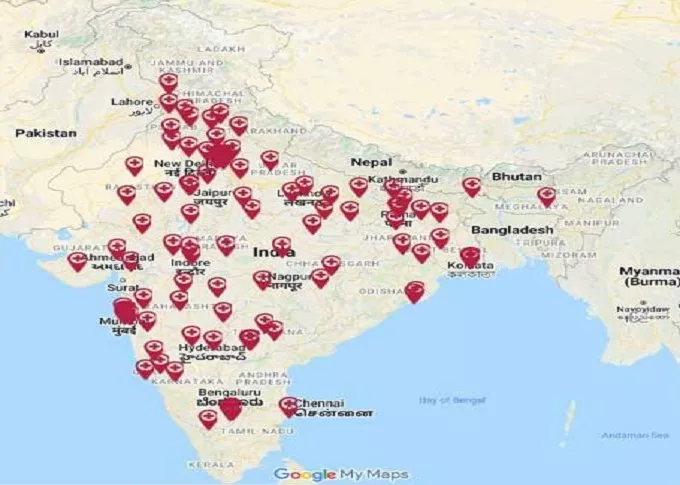Female infertility
According to the definition of the World Health Organization (WHO) infertility refers to an inability to conceive after one year of regular sexual intercourse in the absence of any contraception.
Pregnancy Calculator Tools for Confident and Stress-Free Pregnancy Planning
Get quick understanding of your fertility cycle and accordingly make a schedule to track it
Get a free consultation!

© 2025 Indira IVF Hospital Private Limited. All Rights Reserved. T&C Apply | Privacy Policy| *Disclaimer














